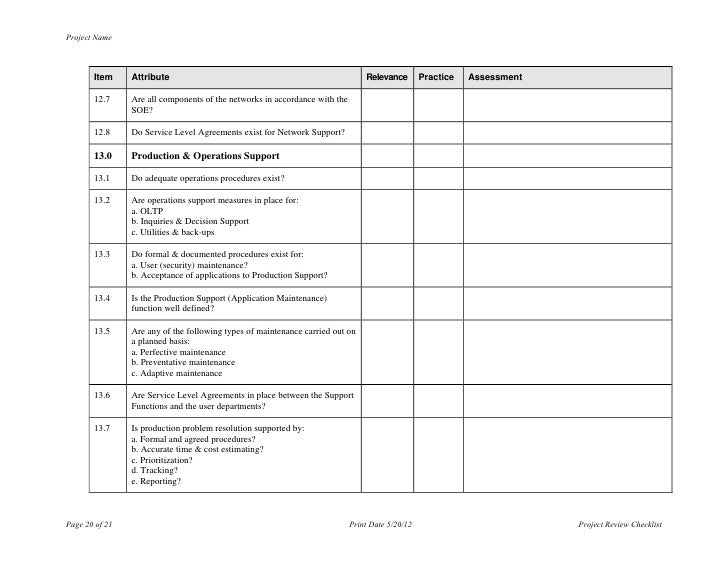Iso Audit Checklist For Training Department Functions
Posted By admin On 05.01.20Quality Management The ISO formulates quality standards for technology and business across many industries. The most common of these address quality management and are classified as ISO 9000 standards. These standards cover documentation, process planning, resource management, human resources, customer processes and customer satisfaction.
Iso 9001 Audit Training
ISO 9001:2008, Section 6.2 specifically addresses the human resources functions of a business. Detailed knowledge of this standard is essential for businesses that are preparing for audits or that wish to improve their human resources functions. Checklist Purpose To verify whether the guidelines set out in the ISO quality-management standards have been met, businesses can prepare a checklist. A satisfactory result means that the business should proceed with the ISO certification process, hire an accreditation firm to execute an audit and apply for certification. If the checklist shows that the business doesn't complying with the requirements, it should improve its systems rather than use time and resources on the audit.
After updating its systems and processes, the business can go through the checklist again to verify the company is functioning up to ISO standards and likely to pass certification. Requirements ISO standards require that the company's workers obtain a certain skill level and have the qualifications necessary to perform their jobs. The employees must have obtained sufficient education and experience in the field in which the business operates.
This ensures that the company's workforce is knowledgeable, can produce quality products and offer services that meet customer expectations. The standards emphasize the need for training and proper documentation of training practices and outcomes.



Audit Questions HR departments that are preparing for an ISO internal audit must be ready to respond to questions about training and the employees that received the training. They must provide documentation on the effectiveness of the training and actions taken to improve the training process. They also must provide documentation of the job descriptions for each job the company offers along with details of the qualifications, skills, education and experience of the persons currently holding these jobs. The documentation must also include the company's response to employee deficiencies. For example, it must detail the training programs offered to employees lacking certain skills for their jobs.
There isn't a single checklist that every organization uses, so organizations create checklists that fit their situations.
Iso Audit Checklist For Training Department Functions Of Education
ISO 9001:2015 Clause 9.2 Internal Audit Definition: ISO defines audits as “Systematic, independent and documented process for obtaining audit evidence and evaluating it objectively to determine the extent to which audit criteria are fulfilled.” Internal audits, sometimes called first-party audits, are conducted by, or on behalf of, the organization itself for management review and other internal purposes, and may form the basis for an organization’s declaration of conformity. In many cases, particularly in smaller organizations, independence can be demonstrated by the freedom from responsibility for the activity being audited. External audits include those generally termed second- and third-party audits. Second-party audits are conducted by parties having an interest in the organization, such as customers, or by other persons on their behalf. Third-party audits are conducted by external, independent auditing organizations,such as those providing certification/ registration of conformity to ISO 9001 or ISO 14001. When two or more management systems are audited together, this is termed a combined audit. When two or more auditing organizations cooperate to audit a single auditee, this is termed a joint audit. Introduction: An audit is a systematic, independent, and documented process for obtaining audit evidence and evaluating it objectively to determine the extent to which audit criteria are fulfilled. Audits are structured and formal evaluations. The term systematic means the company must plan and document its system for auditing. It must have management support and resources behind it. Audits must be performed in an impartial manner, which requires auditors to have freedom from bias or other influences that could affect their objectivity.
For example, having responsibility for the work, or a vested interest or shares in a supplier or third party company they are assigned to audit, would be conflicts of interest. Internal audits must be carried out to a procedure according to requirements given in clause 9.2 of ISO 9001:2015. The procedure must address the responsibilities for conducting the audits, ensuring independence, recording results, and reporting to man.